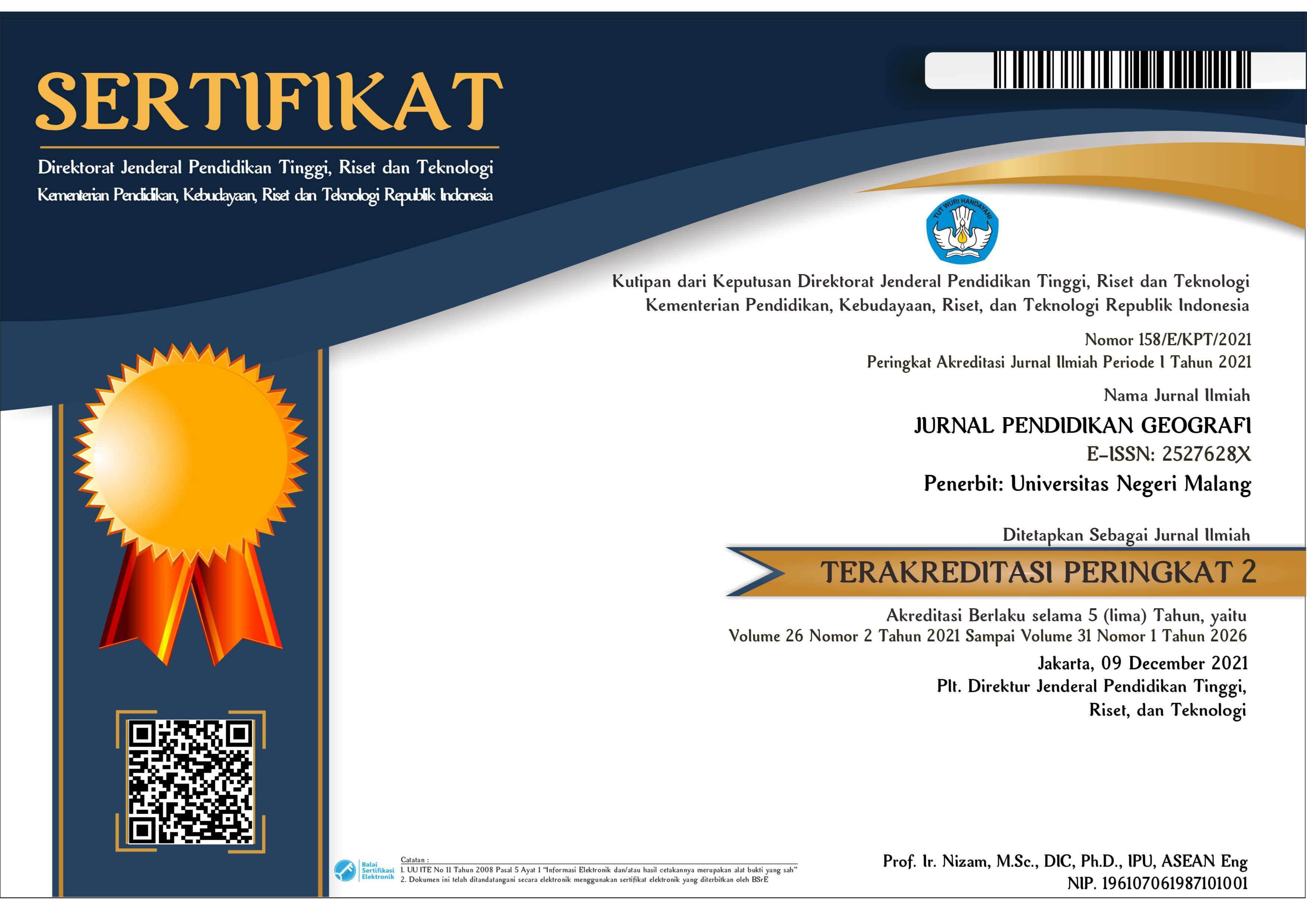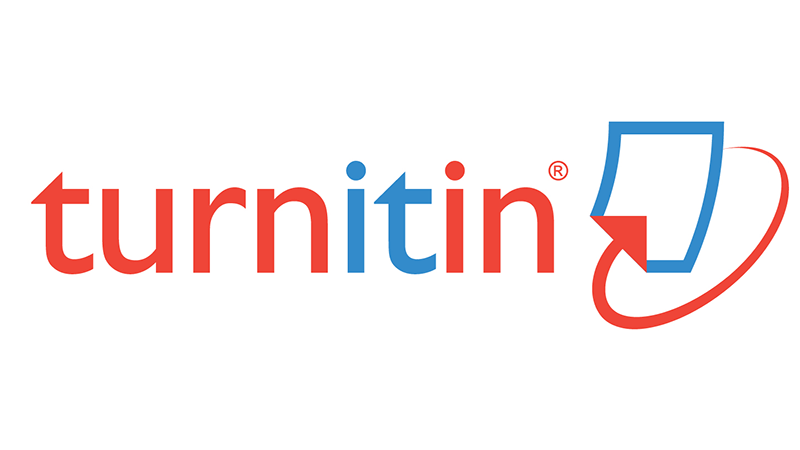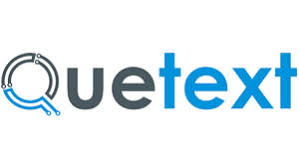Building a resilient community with an ICT-Powered Local Government Unit (LGU): Community-based disaster solution
Abstract
Keywords
Full Text:
PDFReferences
Aldrich, D. P., & Meyer, M. A. (2015). Social capital and community resilience. American Behavioral Scientist, 59(2), 254–269.
Munich, R. E. (2015). Natcatservice loss events worldwide 1980–2014. Munich Reinsurance: Munich, Germany, 10.
Orencio, P. M., & Fujii, M. (2013). An index to determine vulnerability of communities in a coastal zone: A case study of Baler, Aurora, Philippines. Ambio, 42(1), 61–71.
Pfefferbaum, B., Pfefferbaum, R. L., & Van Horn, R. L. (2015). Community resilience interventions: Participatory, assessment-based, action-oriented processes. American Behavioral Scientist, 59(2), 238–253.
Scholl, H. J., Patin, B. J., & Chatfield, A. T. (2012). ICT-enabled city government field operations: Resiliency during extreme events. 2012 45th Hawaii International Conference on System Sciences, 2346–2356. IEEE.
Sharifi, A. (2016). A critical review of selected tools for assessing community resilience. Ecological Indicators, 69, 629–647.
Sharples, C. (2006). Indicative mapping of Tasmanian coastal geomorphic vulnerability to sea-level rise using GIS line map of coastal geomorphic attributes. Consultant Report to Department of Primary Industries & Water, Tasmania, 222.
Siriwardena, M., Malalgoda, C., Thayaparan, M., Amaratunga, D., & Keraminiyage, K. (2013). Disaster resilient built environment: role of lifelong learning and the implications for higher education. International Journal of Strategic Property Management, 17(2), 174–187.
DOI: http://dx.doi.org/10.17977/um017v27i22022p219-227
Refbacks
- There are currently no refbacks.
Copyright (c) 2022 Jurnal Pendidikan Geografi: Kajian, Teori, dan Praktek dalam Bidang Pendidikan dan Ilmu Geografi

This work is licensed under a Creative Commons Attribution-ShareAlike 4.0 International License.
Jurnal Pendidikan Geografi: Kajian, Teori, dan Praktek dalam Bidang Pendidikan dan Ilmu Geografi is licensed under Creative Commons Attribution-ShareAlike 4.0 International License,
JPG Indexed By:
View My Stats








12.png)
